In Part 2 of my 2025 SHOT Show After Action Report, I ended with a mention of SIG Sauer and a new red dot optic. There was some optics that were relatively new, announced months prior to 2025 SHOT, that I still wanted to see at the show.
One such optic is the Swarovski Optik NL Pure 14×52 binocular.
The NL Pure 10×52 and 14×52 are the two newest binoculars in the Swarovski NL Pure lineup and were announced in late 2024. As an owner of the NL Pure 12×42, I am intrigued by the NL Pure 14×52.
As you can see above, the 52mm NL Pure offerings scale larger than their 42mm counterparts. Granted, the NL Pure 14×52 doesn’t have an equivalent 14x offering in the 42 objective series.
I was looking through the NL Pure 14×52 on a tripod on the show floor and the image quality is impressive in the poor exhibition center lighting. The field of view (279 ft at 1000 yards) is quite usable and while I would not want to handhold it for very long, it should still be capable of scanning an area while providing excellent magnification.
I am very tempted to sell my NL Pure 12×42 for the 14×52. However, I still want to get a set of NL Pure 8×42 for that huge field of view, which would be great for glassing a huge area and also to spot a set of close distance targets (NRL22).
Kahles is also part of the Swarovski Optik booth since they are in the same company, which game me a chance to see the previously announced Kahles K540i.
The K540i boasts a 36mm tube diameter and 56mm objective with a magnification of 5 to 40 (8x erector). The elevation travel is a respectable 29MIL. But what is setting the K540i (and the other recent Kahles K328i) is the field of view.
The Kahles K540i will be available in multiple configurations like similar Kahles scopes, including left side windage, non-DLR and DLR (16 MIL per elevation revolution or 10 MIL elevation revolution, respectively), and various reticles.
The K540i has a field of view of 30.6 ft to 3.9 ft at 100 yards. For direct comparison, the March-FX 5-40×56 Gen II has a field of view of 21 ft to 2.6 ft at 100 yards, and the Sightron SVIII 5-40×56 ED FFP has a field of view of 23.7 ft to 2.97 ft at 100 yards. So as you can see, the K540i is able to beat the field of view of comparable magnifications scopes by as much as 50%.
Large field of view can be a valuable for PRS or other disciplines where being able acquire the target and keep it in the field of view can be challenging (e.g., recoil management with less-than-stable positions).
The price is definitely the challenging aspect of the K540i at $4599 USD which puts it above the highly regarded Zero Compromise Optic ZC840 at $4250 (give or take depending on retailer).
Kahles is often overlooked and discounted by people in the precision rifle space because there is a perception that it is not as good what people feel are the top tier optics companies (Zero Compromise Optic and Tangent Theta). As an owner of a K525i SKMR3, I can attest that there is some chromatic aberration present in certain situations. However the K525i is still a great scope as it has a reputation of having reliable and repeatable tracking and the image quality can be top notch in most conditions.
While I do not know if the K540i has any optical issues as I would need to use one in real-life shooting conditions, I feel like people should take Kahles into consideration even if it is priced between ZCO and Tangent Theta. Checking it out on the show floor, the glass appears to be top notch and the feel of the turrets, parallax, and magnification controls are the same high quality feeling that I expect out of Kahles.
I am a bit guarded when it comes to 8x erector systems because of what observed in other scopes before, particularly the Nightforce NX8-series. But from what saw in limited show floor interaction, the K540i doesn’t suffer from a tight eyebox at the upper ranges and is likely a byproduct of whatever Kahles did to get that wider field of view.
I would definitely like to try the K540i. But as a regular consumer, it would require me to invest the $4599 to get my hands on one making this an unlikely endeavor.
Speaking of Zero Compromise Optic, I finally got to check out the Zero Compromise Optic ZC210.
The ZC210 is the LVPO/MVPO offering from Zero Compromise Optic that was quietly announced at SHOT Show 2024 with more data leaked in the months after. I was not able to see one in-person until SHOT 2025.
The ZC210 uses the same 36mm tube diameter found in all other ZCO scopes and has a 30mm objective. The weight is comparatively hefty to other scopes in the LVPO space at 27.2 ounces and the ZC210 will have three reticle options: DMR, Predator, and HTR.
ZCO has put all the data for the ZC210 on their website since SHOT 2025, which has information on the three reticles. The Predator is very much suited for hunting and even action rifle competitions (e.g., 3-Gun), while the DMR and HTR bridge closer to precision rifle shooting. The DMR was designed with input from the Austrian military and has an emphasis on markings for moving target engagements and multiple illuminated points on the vertical crosshair for hold overs on a tree reticle (entire tree does not illuminate) that is designed around 7.62 NATO.
The HTR reticle is probably the one that I would get as it is more inline with a LVPO hybrid use design, with a center circle that illuminates that looks like a dot on the low magnification end and becomes a legible crosshair at the high magnification end.
The Zero Compromise Optic ZC210 is going be the ultimate flex for precision AR-platform shooters with an expected price of around $3600. It is just under the price of the ZC420 (now around $3800) and given the small price difference, most would just opt for the ZC420. However, for the hybrid application where there is a need for an optic that can work in both in precision roles and close distance / close quarters roles, the ZC210 has its place.
As much as I want one to add to my family of ZCO scopes (2x ZC527 and a ZC420), this will be lower priority on my want list.
Another product that I knew about since SHOT Show 2024 but was not allowed to talk about was finally released on Day 1 of the 2025 SHOT Show comes from Fix It Sticks.
Fix It Sticks released the 700 Quick Action Brush which fits on 8-32 thread rods.
The 700 Quick Action Brush has nylon brush bristles and with a 360-degree rotating head that holds the proprietary swabs to clean the lug channel of a 700 style action. The front / lead of the 700 Quick Action Brush also has 8-32 female thread to accept a cleaned accessory like a mop if you wanted to use a mop to clean the chamber while cleaning the lug channel.
I will have more information and details on the Fix It Sticks 700 Quick Action Brush in a future dedicated review (written and video) as I ordered two of the 700 Quick Action Brushes that very day of SHOT Show and now have them in-hand.
Fix It Sticks also made a large kit called the Pro Armorer’s Toolkit. This is a full Fix It Sticks tool kit with nearly every tool in the Fix It Sticks product line packed into a hard case.
The Fix It Sticks Pro Armorer’s Toolkit carries a price of $1200 USD or $1540 USD (All-in-one torque limiters or standalone individual torque limiters, respectively). I will have to admit that this product offering mystifies me. The strength in Fix It Sticks is that they are compact tools that can be packed for field use in such a manner to not take up much pack space while providing the ability to maintain or fix gear in the field.
The Pro Armorer’s Toolkit is large and heavy compared to the typical Fix It Sticks kit people would field carry. From what I am imagining, I would probably get the Pro Armorer’s Toolkit for a vehicle storage application where I’m operating out of the back of a SUV or truck (or even a car) and need the flexibility of a variety of gun-specific tools and have limited space.
I can only imagine that Fix It Sticks has some demand for this item for them to produce and market such a kit.
I will end Part 3 of my 2025 SHOT Show After Action Report with Athlon Optics, who released one of the most talked about products at SHOT 2025: the Rangecraft Velocity PRO Radar Chronograph.
The Athlon Optics Rangecraft Velocity PRO Radar Chronograph looks quite similar to a Garmin Xero C1 Pro chronograph.
The Velocity PRO is a doppler radar chronograph that can handle between 65 fps and 5000 fps. It has an internal lithium-ion battery that is rechargeable via USB-C and Athlon boasts 6+ hours runtime. The Velocity PRO is IP67 rated and weighs in at 4.7 ounces with a 4.3 ounce tripod in a compact form factor of 3.5″ x 2.7″ x 1.2″.
Athlon Optics will also be releasing a corresponding phone app that includes a ballistic calculator to integrate with the real-time velocity data. The app will provide the Rangecraft Velocity PRO firmware updates via Bluetooth, just like the Garmin Xero C1 Pro.
The Rangecraft Velocity PRO has an MSRP or $472.48, but all of the street/retail prices are citing $349.99 and can be pre-ordered now from Athlon dealers with an expected release date of April 2025.
The price point of $350 is what is really causing buzz right now as this Rangecraft Velocity PRO looks like a Garmin Xero C1 clone at nearly half the price. Assuming the Athlon chronograph can work reliably, this will really stir up things with Garmin as we may see a price decrease or an acceleration of a next generation / revision of the Xero C1 Pro. I honestly hope to see Garmin integrate Applied Ballistics with the Xero C1 Pro in some capacity and release a new chronograph with environmental sensors built-in.
I do think the Athlon Optics Rangecraft Velocity PRO may be a threat to the Garmin Xero C1 Pro. People in the firearms community can be very frugal to say it politely. If the Rangecraft Velocity PRO works reliably, it is almost a certainty that the $350 price will end the Magnetospeed and Labradar chronographs.
Note that I have pre-ordered a Rangecraft Velocity PRO from an Athlon retailer (MK Machining) and hope to have one of the first batch that makes it to consumers to compare side by side with my Garmin Xero C1 Pro.
While everyone was gawking at the new Athlon chronograph, the Argos BTR Gen 3 caught my eye.
The Argos BTR FFP scopes are direct competitors to sub-$500 scopes such as the Vortex Optics Diamondback Tactical FFP. However, I found the Argos BTR FFP to be a superior product to the Diamondback Tactical. Athlon has image quality that is equal to, if not better than the Diamondback Tactical, with far better turrets (cleaner, crisper clicks and not spongy with backlash), and better tension on the magnification and parallax controls.
I have the Athlon Optics Argos BTR Gen 2 6-24 on the NRL22 loaner rifle I provide for the NRL22 matches I run, and it is a really solid scope for the price.
As shown in the previous photos, I was looking specifically at the Argos BTR Gen 3 6-24×50 and 8-34×56 models. They exhibit the same characteristics I appreciate out of the Argos BTR Gen 2.
The Argos BTR Gen 3 is a minor update specifically to the magnification ring which now has longer throw lever which is also removable (threaded to the ring). The Argos BTR Gen 3 will also now include flip-up scope caps and a sunshade.
The Considering these parallax down to 10 and 15 yards, respectively, they are great options for NRL22 (as was the Argos BTR Gen 2).
While a very minor update to the Argos BTR Gen 2, it is the more attractive option for people looking for an inexpensive scope with these features. The MSRP prices for the Argos BTR Gen 3 6-24×50 and 8-34×56 are $474.99 and $499.99 respectively, with expected street/retailer prices of $379.99 and $399.99. Based on the existing pricing of the corresponding Argos BTR Gen 2 models, the Gen 3 prices are about $50 more. The magnification ring and throw lever update may not justify the price increase for most, the inclusion of the flip-up caps and sunshade may be the deciding factor, especially when sunshades are proprietary to individual scopes.
I will post one more segment in my 2025 SHOT Show After Action report to wrap up my coverage of this year’s show. Stay tuned for Part 4.

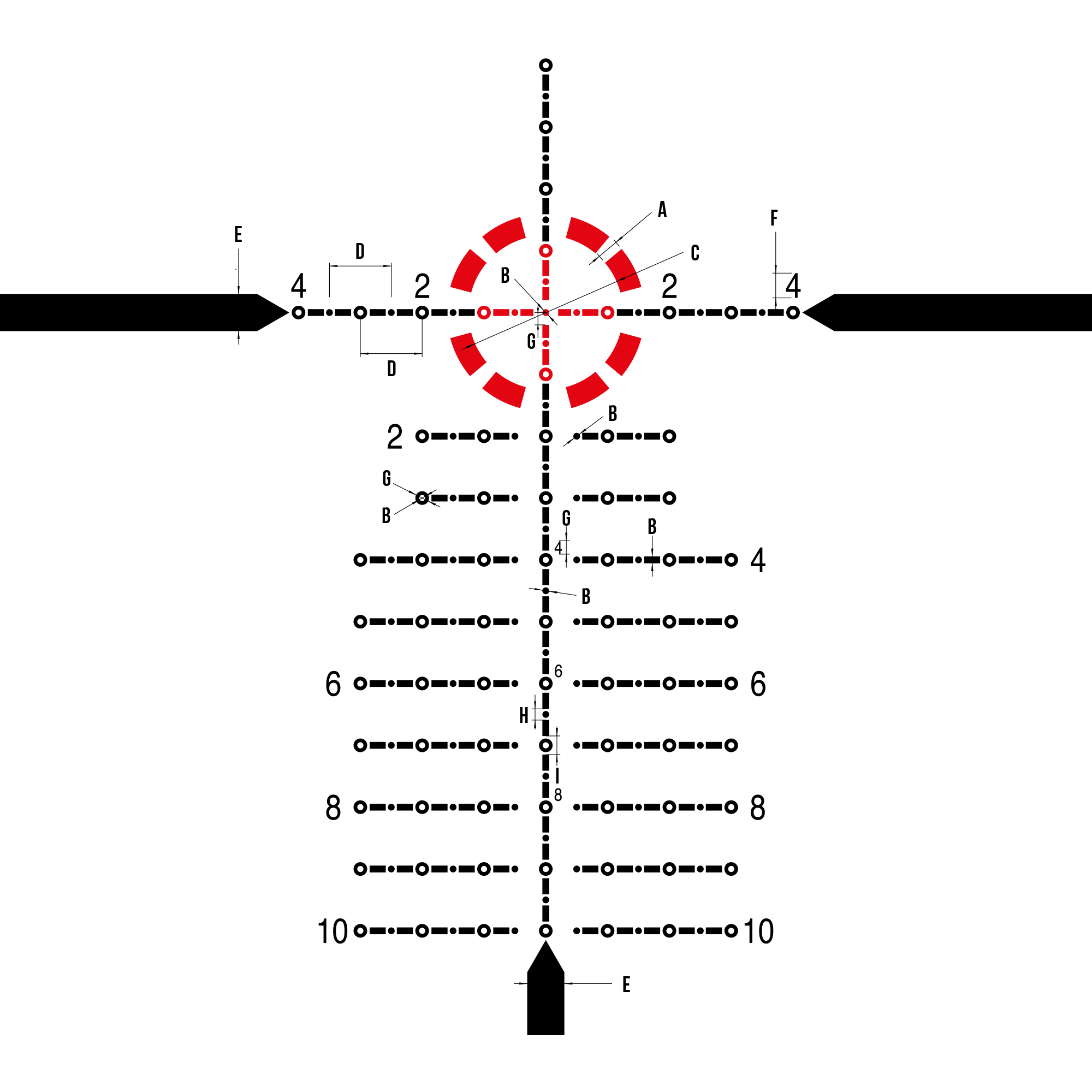
Comment on this post